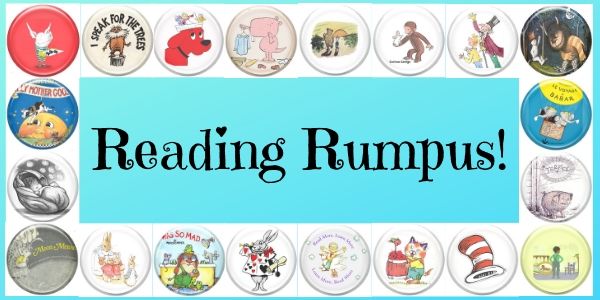This rollicking fractured fairy tale has quite a bit of opportunity for classroom discussion, especially when considered as the culminating book of a fairy tales unit that includes the mentioned books. The comparison of text themes and inferences between multiple pieces of text is excellent for critical thinking and analysis with teacher guidance.
-------------------- Resources --------------------
Genre: Fractured Fairy Tale
Age: Advanced first grade through fourth grade
Pages: 32
Themes: Honesty, Family Love, Jumping to conclusions
Thank You to Bloomsbury Marketing for my advanced copy
Publisher: Walker
Date: September 2011
ISBN: 978-0802723345
BUY The Princess and the Pig HERE
Here are some ideas for using the text critically:
(Please note that all page numbers are estimated as my publisher copy did not have page numbers)
P. 1-2: What can we tell about the farmer? (He is kind because he took a piglet that nobody wanted)
P. 3-4: Why does the farmer stop under the castle? (It is a hot day and he uses the castle’s shade to rest)
P. 5-6: What can we tell about the queen? (She is not very kind because she let her baby fall from the balcony)
P. 9-10: How does the king compare Sleeping Beauty to the pig/daughter? (Students need background knowledge on Sleeping Beauty to understand that the fairies in Sleeping Beauty interfere. The king thinks this has also happened to his daughter)
P. 11-12: How does the farmer’s wife compare Thumbelina to the daughter/pig? (Students need background knowledge on Thumbelina to understand that the fairies in Thumbelina interfere. The wife thinks this has happened to the pig)
P. 19-20: What does the farmer think has happened? (Student’s need some background knowledge on The Prince and the Pauper to know that the farmer thinks the pig and the princess have been switched).
P. 21: Why does the farmer’s family decide to tell the king and queen? (They are honest people).
P. 22: Predict what will happen after the king and queen have heard the farmer’s story….
P. 23-24: What do the king and queen think the farmer’s family is trying to do? (Trick the rich, like Puss in Boots – again some background on the story is necessary)
End: How is this story different from The Frog Prince? (When the creature was kissed, she didn’t turn into a princess)
Author Jonathan Emmett not only writes children's picture books, he is also a talented pop-up book maker. He lives in England. You can read more about him here. You can read more about the illustrator, Poly Bernatene, here. ____________________________________________________________
© 2007-2011 Cheryl Vanatti for www.ReadingRumpus.com











